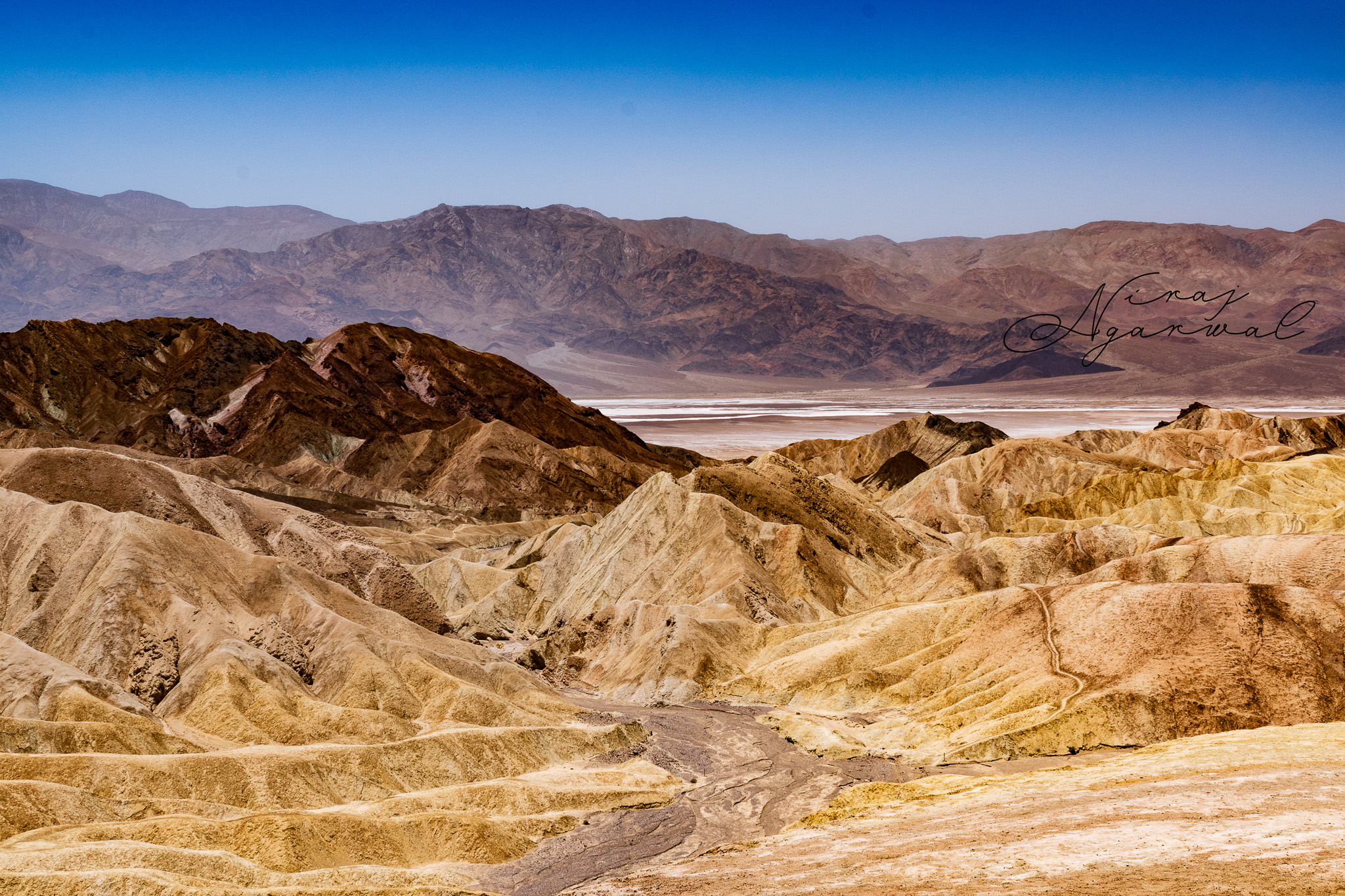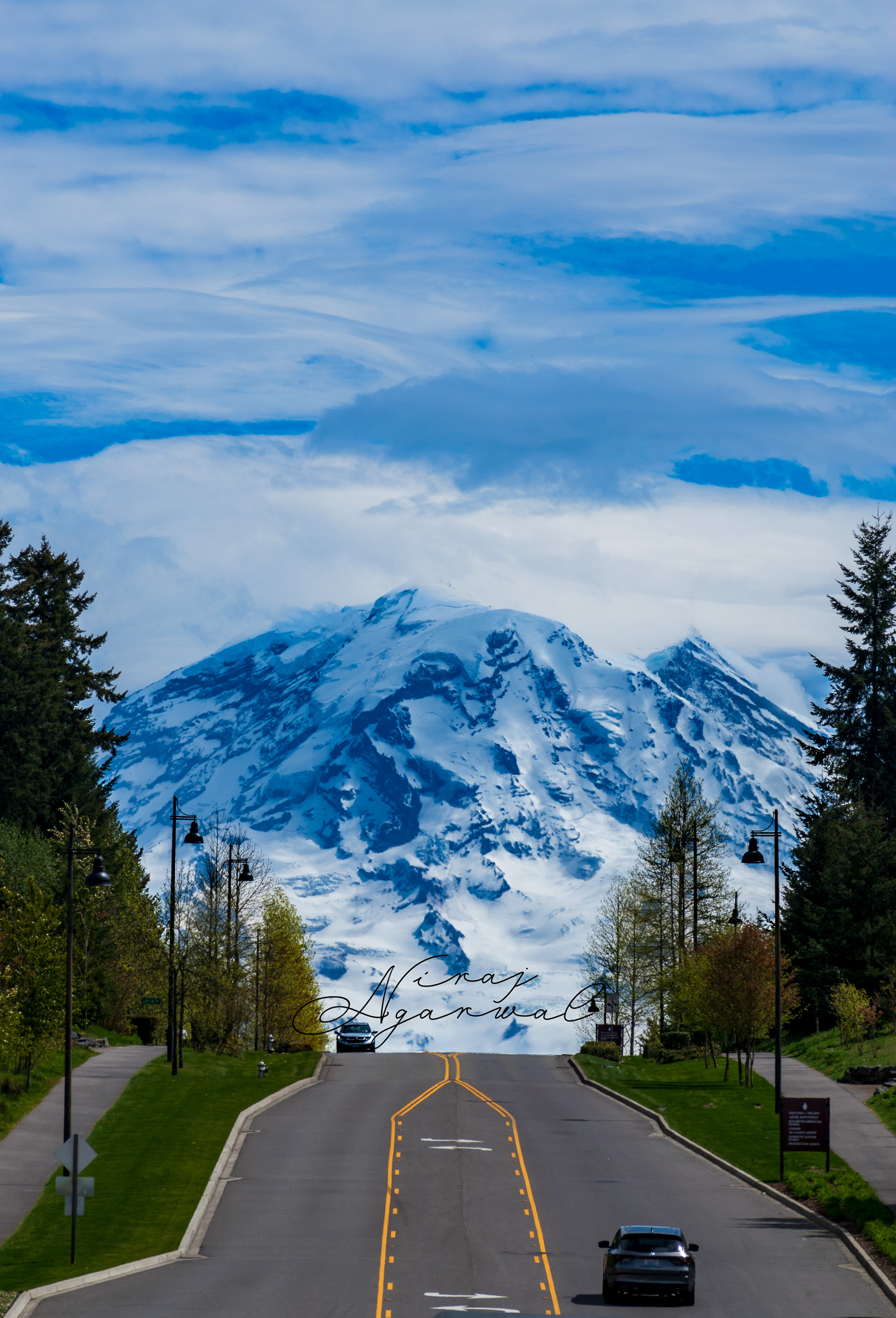


Zabriskie Point is one of the most iconic and visually stunning locations within Death Valley National Park.
The multicolored, eroded badlands that make up Zabriskie Point were once part of an ancient lake bed. Millions of years of erosion have carved the dramatic, undulating landscape. The vibrant colors come from the different mineral deposits in the soil, including gypsum, borax, and salt.
Zabriskie Point was named after Christian Zabriskie, a vice president of the Pacific Coast Borax Company, which had operations in Death Valley in the early 20th century.
Death Valley National Park is located in eastern California, near the border with Nevada. It is the largest national park in the lower 48 states, covering over 3.3 million acres.
The park is known for its extremely hot and dry climate – it is one of the hottest and driest places in the world. The record high temperature in Death Valley was 134°F (56.7°C), which is the hottest temperature ever recorded on Earth.
Despite the harsh environment, Death Valley is home to a diverse array of plant and animal life that have adapted to the arid conditions. This includes coyotes, bighorn sheep, kangaroo rats, and over 1,000 species of plants.



